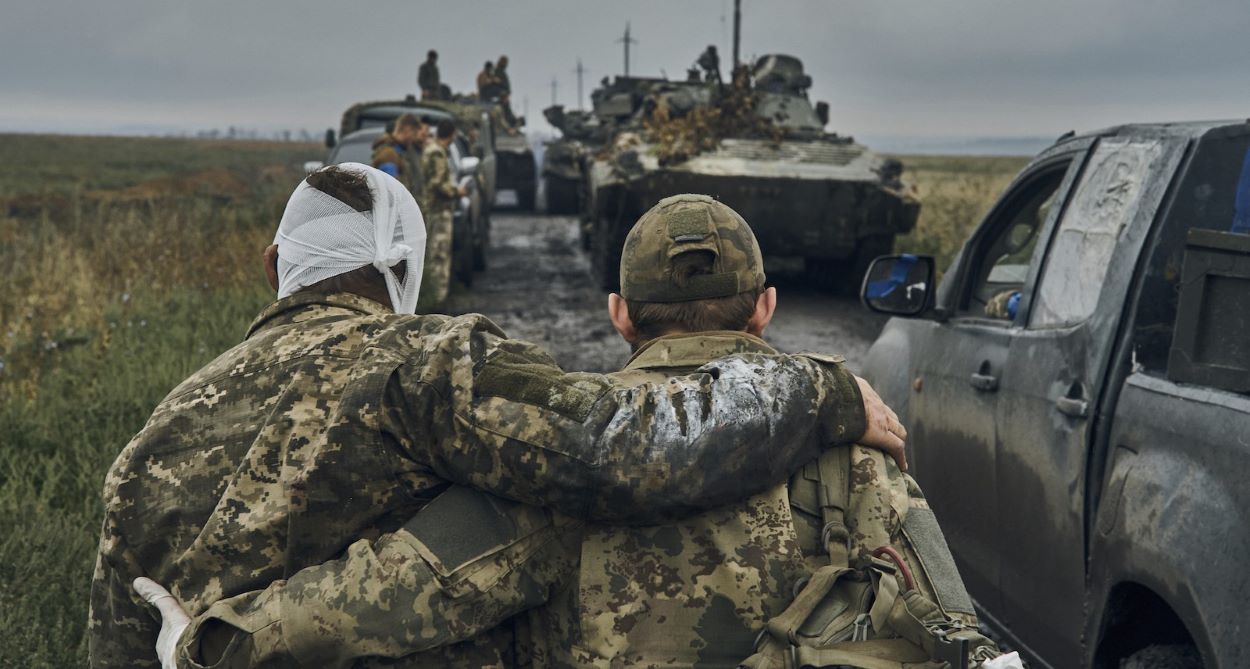International and local Journalists, in a joint effort with the BBC, have unveiled the identities of more than 30,000 Russian troops who tragically lost their lives in the ongoing conflict in Ukraine. This figure starkly contrasts with the Kremlin’s official tally, which puts the casualties at a mere 6,000.
Meticulous Verification Sheds Light on the Grim Reality
An exhaustive list of these fallen soldiers was crafted in a detailed inquiry spearheaded by the independent Russian media house Mediazona and backed by BBC’s Russian segment. Each name was corroborated either by rare governmental admissions or matched with openly available data. Poignant social media posts from grieving families, revealing details like the burial date and images of gravesites, formed a significant portion of this data pool.
A grim picture emerges, defying Moscow’s controlled narrative. A notable increase in losses is seen among Russian personnel handling artillery and missile systems, especially in the Zaporizhzhia region, home to Europe’s most significant nuclear energy facility, pointing towards heightened casualties during Ukraine’s retaliation.
A Closer Look at Those Who Paid the Ultimate Price
The loss among Russia’s troops paints a sorrowful portrait. Recruits from the Wagner paramilitary group and Russian prisoners conscripted into the military seem to have faced the most fatalities. A startling revelation is the confirmed death of over 5,600 inmates, pressured into joining the front lines, underscoring their undue exposure to danger. Conscripts, with their numbers exceeding 3,100, also faced substantial losses. Furthermore, the data revealed the demise of 2,400 confirmed Russian officers, with 284 of them being top-tier officials.
Russia’s incursion into Ukraine carries a significant human toll. Notably, Col. Gen. Mikhail Teplinsky, at the helm of Russia’s esteemed VDV Airborne Forces, has admitted to 8,500 injuries within his division, carefully evading the more sombre topic of deaths. This revelation has sent shockwaves through the Russian defence structure, resulting in the silencing of Teplinsky’s video aimed to uplift spirits from the national media.
The striking difference between on-ground evidence and official numbers surrounding Russia’s so-called “special military operation” in Ukraine leaves experts and analysts baffled and questioning the true nature of the conflict.






